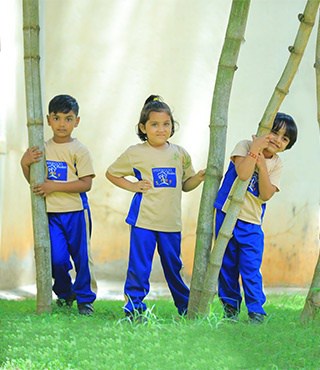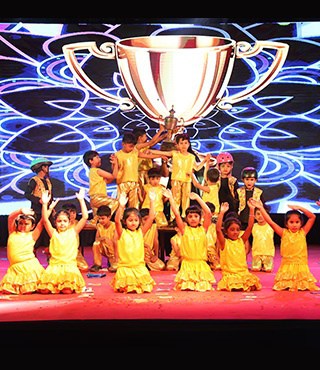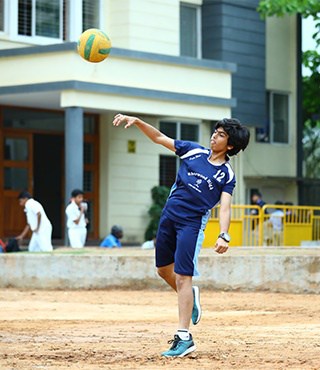

5 effective ways of teaching water conservation to children
5 effective ways of teaching water conservation to children
We live in an environment comprising natural resources that we use on a daily basis. These environmental resources such as clean air, fresh water, energy and oils are all resources that have limited supplies, and need conservation. One of these environmental resources is water, which is such an invaluable resource and is essential for life to sustain.
While many people may assume that there is an unlimited supply of water, this is completely wrong, as less than 1% of all the water on earth can be used by people, as the remaining is salt water or is permanently frozen, which makes it impossible to drink or wash with, et cetera. Therefore, we need to understand that fresh clean water is a limited resource that is most precious for every person on earth to survive.
Every day we see increasing levels of pollution and climate change which is affecting our water resources, which raises concern not only about the cleanliness of the water but about the amount of water that is needed. At Sherwood high we believe, it is the need of the hour to not only find ways to conserve and save the water ourselves but also to teach and help our children to understand the importance of this valuable resource for them to appreciate and work towards conserving it. While children learn to understand the importance of water, it is also important for us to teach and practice good water conservation techniques to ensure that we save a sufficient amount of water.
Now, what does conservation of water mean?
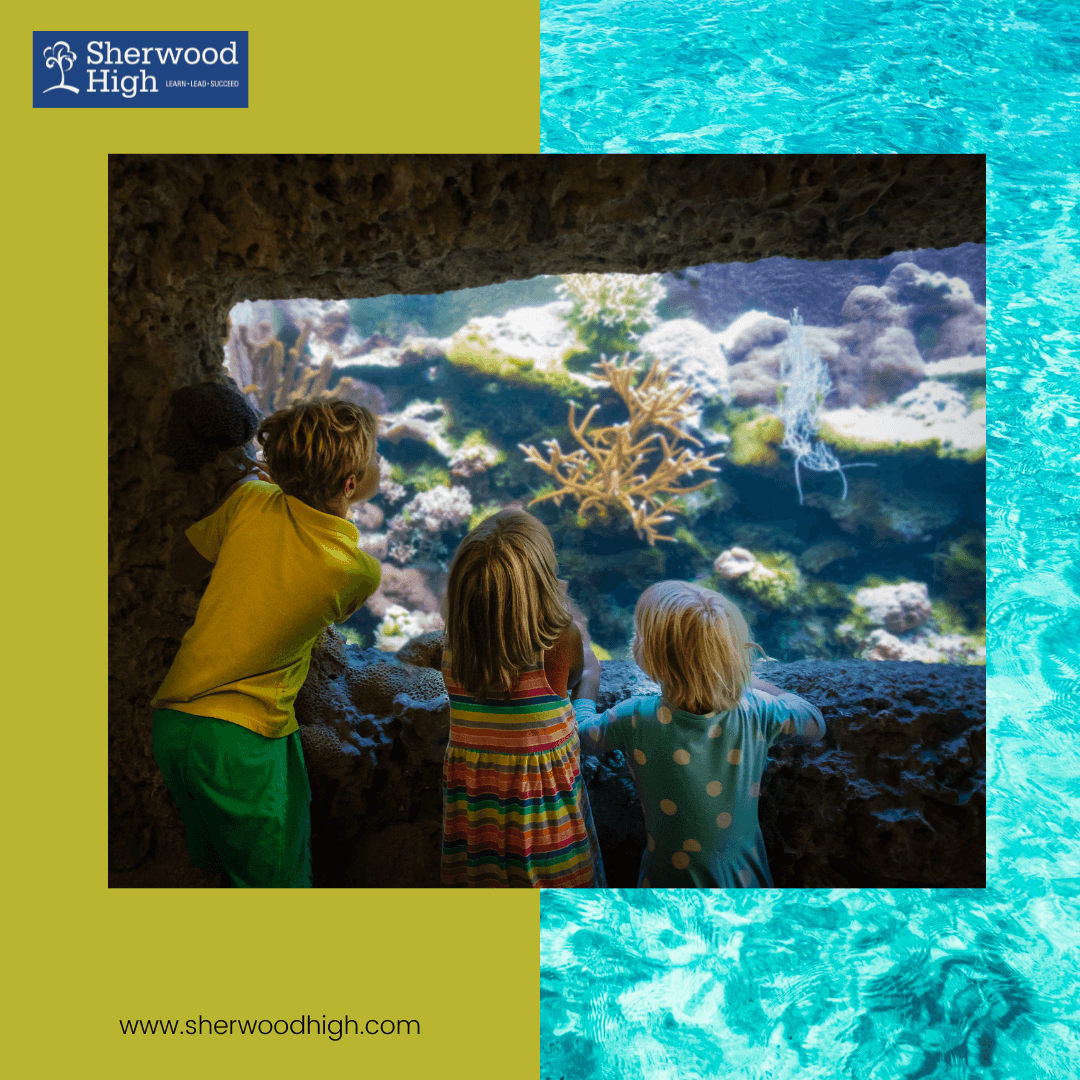

To conserve water means to use our water supply wisely and in a responsible manner. We must learn how to keep this precious but limited supply of water, pure and away from pollution and to never waste it, because every living individual depends on water for survival and livelihood. So to further explain, water conservation involves refraining from polluting water in any manner and using wise strategies such as reducing wastage, preventing water quality damage and improving water management.
This water conservation, we believe, starts at home. While water conservation may feel like a tough concept to teach, as young children may find it hard to understand as an unlimited supply of water surrounds them and to grasp that there can be a water shortage could be difficult. However, teaching children about water scarcity and how to conserve water is essential as when everybody puts in an effort, it makes an enormous difference in the end.
So, coming to the question, how can you teach water conservation effectively to your children?
As the water sustains life and as children grow, they comprehend the environment and the larger world around them, and will understand these concepts themselves. They will eventually understand just how vital a resource water is, for their bodies and for their environment.
However, as parents, educators, and caregivers, it is our duty to educate our children from an early age about water conservation and train them to save and use water economically, in order to help reduce water wastage now and for the future. We will discuss some simple ways of how you can teach water conservation to your children in a manner they will understand.
1. Teach them about wise water usage:
Most children or even adults have the habit of leaving the taps open while brushing their teeth or applying soap on their hands or their bodies during showers. This habit of ignoring an open faucet during activities that do not actually require water can lead to a lot of water wastage. Show children how the taps do not need to be open or emphasize the need to close the taps while they are brushing their teeth or scrubbing their hands and can reopen the taps again while the water is required for rinsing or gargling.


Similarly, it has been widely recommended that a bucket and a mug bathing routine is much more efficient in saving water than a running shower, because continuous water flow in the shower wastes a lot of water that is not actually required as much. Or you can instruct them to turn off the shower while they’re scrubbing their bodies so they do not let water simply run down the drain.
Another major reason for water wastage is slow dripping that can waste a lot of water over a period of time. Therefore, it is an important factor to teach your children as well as to keep a note of yourself, to check the taps at your home and make sure that they are turned off tightly, to avoid the small slow drip.
Also, fixing leaking taps at home is important. You can teach your children to identify the noise of dripping water, find the leaking taps and close them tight. If there is an actual leakage, water appliances should always be fixed to help water conservation. You can involve your children when you are checking for leaks and getting leaking pipes or appliances fixed and tell them why it needs to be fixed, while also teaching older children ways to fix the leak.
Make sure not to nag your children but consistently teach them about the judicious use of water like instructing them to take quick showers and to keep the tap on low flow mode when rinsing garments or washing their faces, along with teaching them to avoid leaving the tap running while brushing their teeth or while doing any other personal activity.
2. Make teaching water conservation fun:
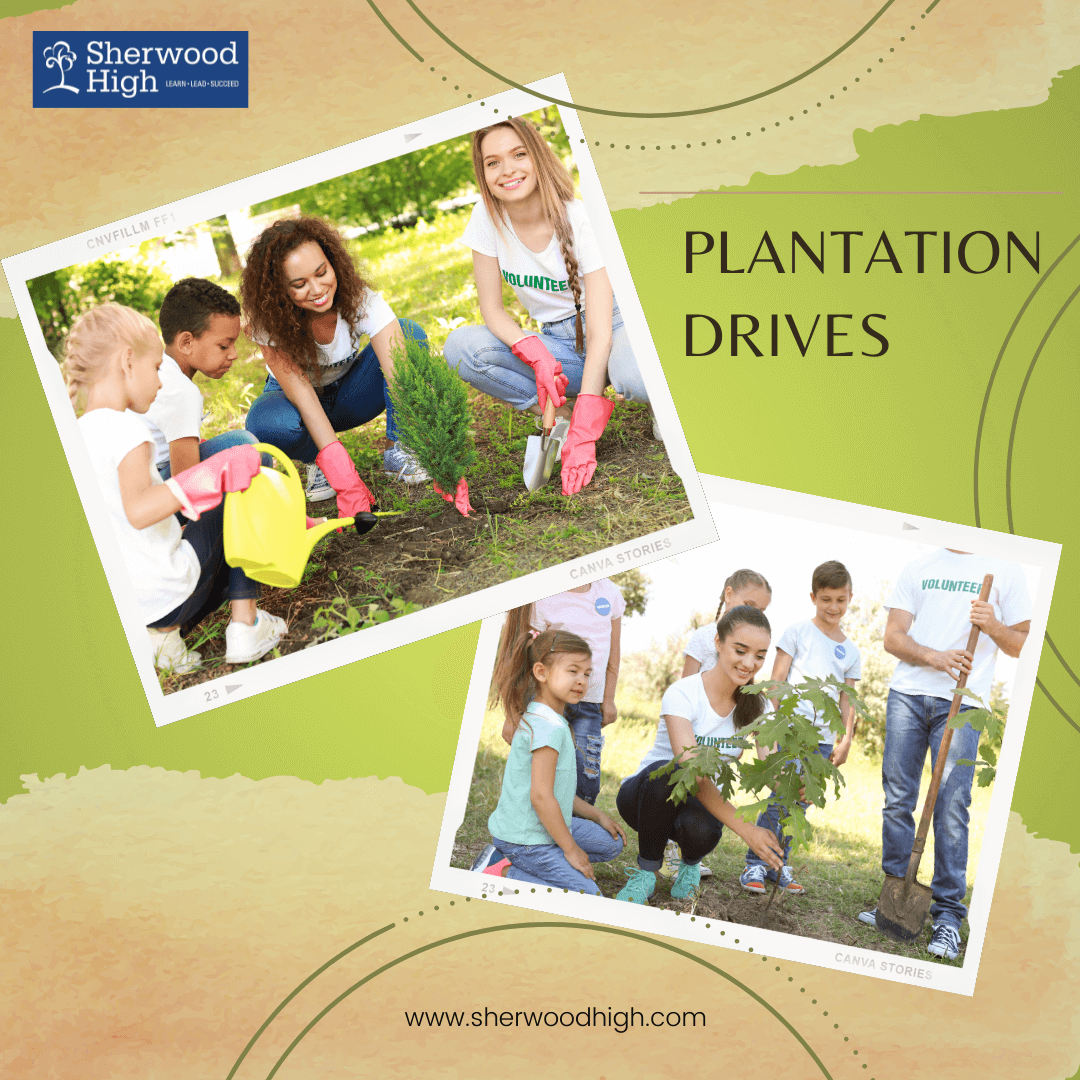

Combine essential education with fun activities such as visiting your children’s favorite aquatic animals. As most children are compassionate about animals, visiting sea creatures at the aquarium may spark conversations about the necessity of having enough water for the aquatic animals to survive.
Use this opportunity to educate your children about how you need to keep the water resources clean and about the potential risks that water pollution carries for aquatic life and so on. Many aquariums have water conservation programmes or educational activities for children, which will help them develop an understanding of the environment around them and the importance of water conservation.
By taking your children on a field trip to your local aquarium you not only have a fun bonding experience with your children but also teach your children how aquatic life depends on the availability of clean water and the choices they make can impact the lives of the animals in the sea.
Apart from the aquarium, you can also take children to a water plant, as there are some water plants that offer tours designed to teach children water conservation. If there is an unavailability of a local water plant in your vicinity or town, you can always use online materials, as there are many videos on YouTube that show how water plants work.
There are also many water conservation activities or drives that you can take your kids to, for example: tree planting drive. While we extensively teach our children about the importance of forests in order to bring rain at school, it will also be fun for them to get first-hand experience when they go on these drives.
We actively involve children in such activities on soil day, world water Day, and Forest conservation days and other global observance days. We would implore parents to also actively encourage children to take part in such drives when there is a chance, either in your neighborhood or within your community.
While children become part of such activities they not only learn first-hand experiences but will also understand the benefits, as these are long-term strategies which will have an immense positive impact on your children which will in turn have long-lasting effects on the environment.


3. Collect rainwater:
Collecting rainwater is extremely important and an easy way to save water. Installing a rainwater harvesting system at your house or apartment complex would be an important step towards saving water and can turn out to be a blessing when water is running scarce.
You can also encourage children to install or make a rain barrel, which would be an easy and cheap activity for children to do. What a rain barrel does is, it collects the water that runs off from rooftops when it rains and the rainwater collected in the barrels can be used to tend to your lawn or to wash dirty laundry or clean vehicles, et cetera.
You can begin by encouraging your children to collect rainwater in a bucket or in jugs or use other simple techniques, as we have stated above, to help them learn further about water conservation. This will also teach them how water can be reused later for other uses, thus showing the importance of reuse and cutting wastage.
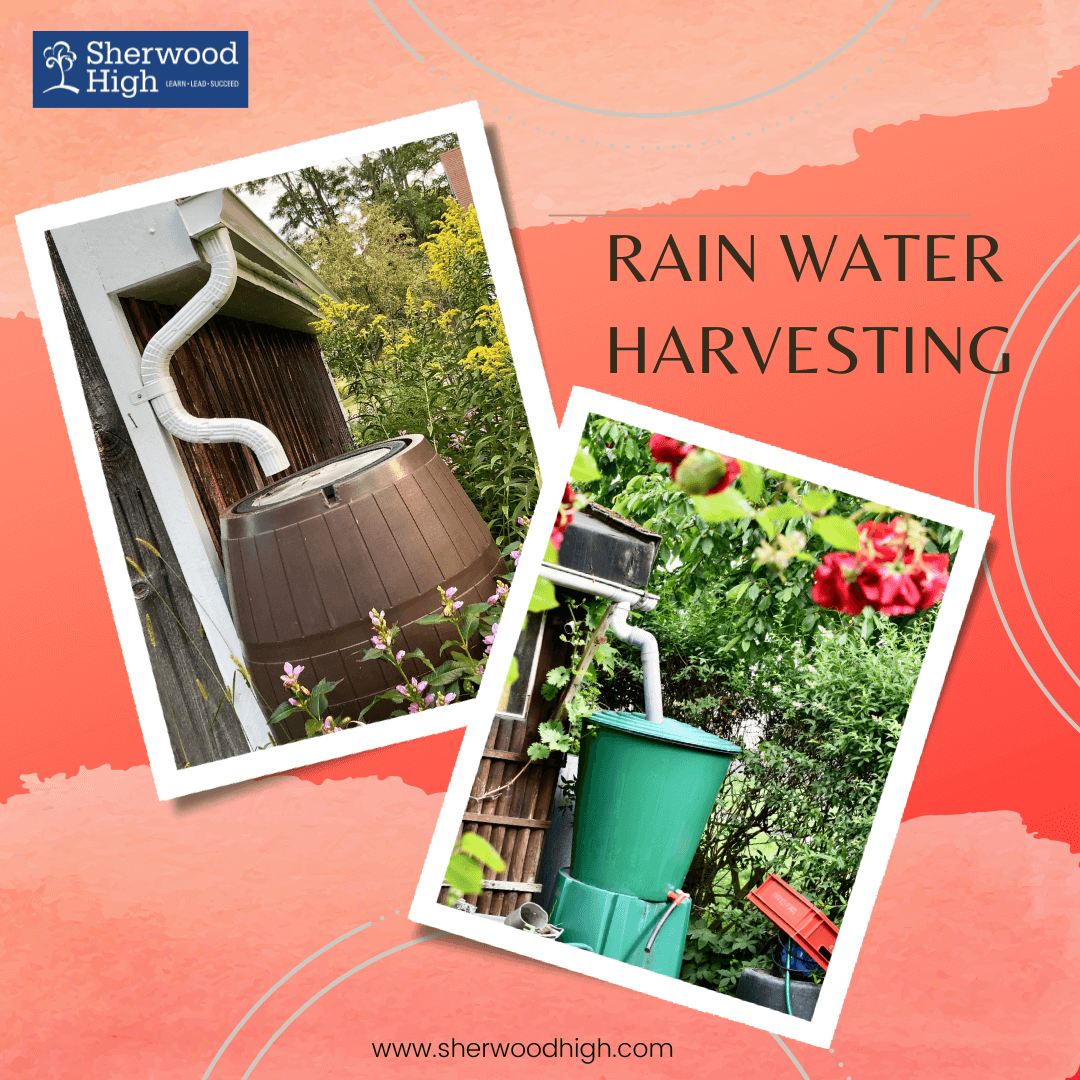

4. Avoid water toys:
Remember to always avoid toys that use or waste water. Games such as water balloons or toys such as water guns are counter-productive while trying to teach your children water conservation, because these types of toys and games show children that it is okay to waste water for recreational purposes.
So getting children water toys or encouraging water games such as water guns and water balloons will make it difficult to inculcate water saving habits in your children as they do not understand how much precious water is wasted during play.
If children love playing in water at home, make sure you teach them ways to reuse that water after they are done playing. For example, if you have a splash pool or any other fun activities that have leftover water, make sure you use the water for other activities such as watering the garden or washing the laundry, et cetera.
5. Other practices that will encourage children to save water:
We will list down some simple tips and pointers that you can teach your children to follow on an everyday basis, which will help water conservation.
- Teach children to not flush tissue papers or waste down the toilet drains.
- Encourage children to wash fruits and vegetables in a bowl of water rather than under a running tap or faucet
- Always use the flushed-out waters from your RO or water purifiers to wash your vehicles or doormats. Also make sure they do not use a horse to wash their cycles or bikes but to rather, use a bucket and sponge during the wash, as keeping the hose running for the entire wash would waste a lot more water than washing vehicles by filling up a bucket.
- You can also teach them how to reuse water apart from RO, such as using the water from their fish tanks for watering plants, as the water is nutrient-rich and will hydrate non-edible plants really well.
Summing up:
Remember that it is the small actions that are of utmost value. By making these small changes and putting in these simple efforts in your everyday life will make an enormous difference in the long run. Once again, we emphasize the importance of beginning early, so do not wait to teach your children about water conservation till they grow up, as we can teach even young toddlers the importance of water and how not to waste this precious resource.
By imbibing these wise water habits in your children now, you will help them develop habits that will last them a lifetime, which will benefit not only them but everybody around them.


